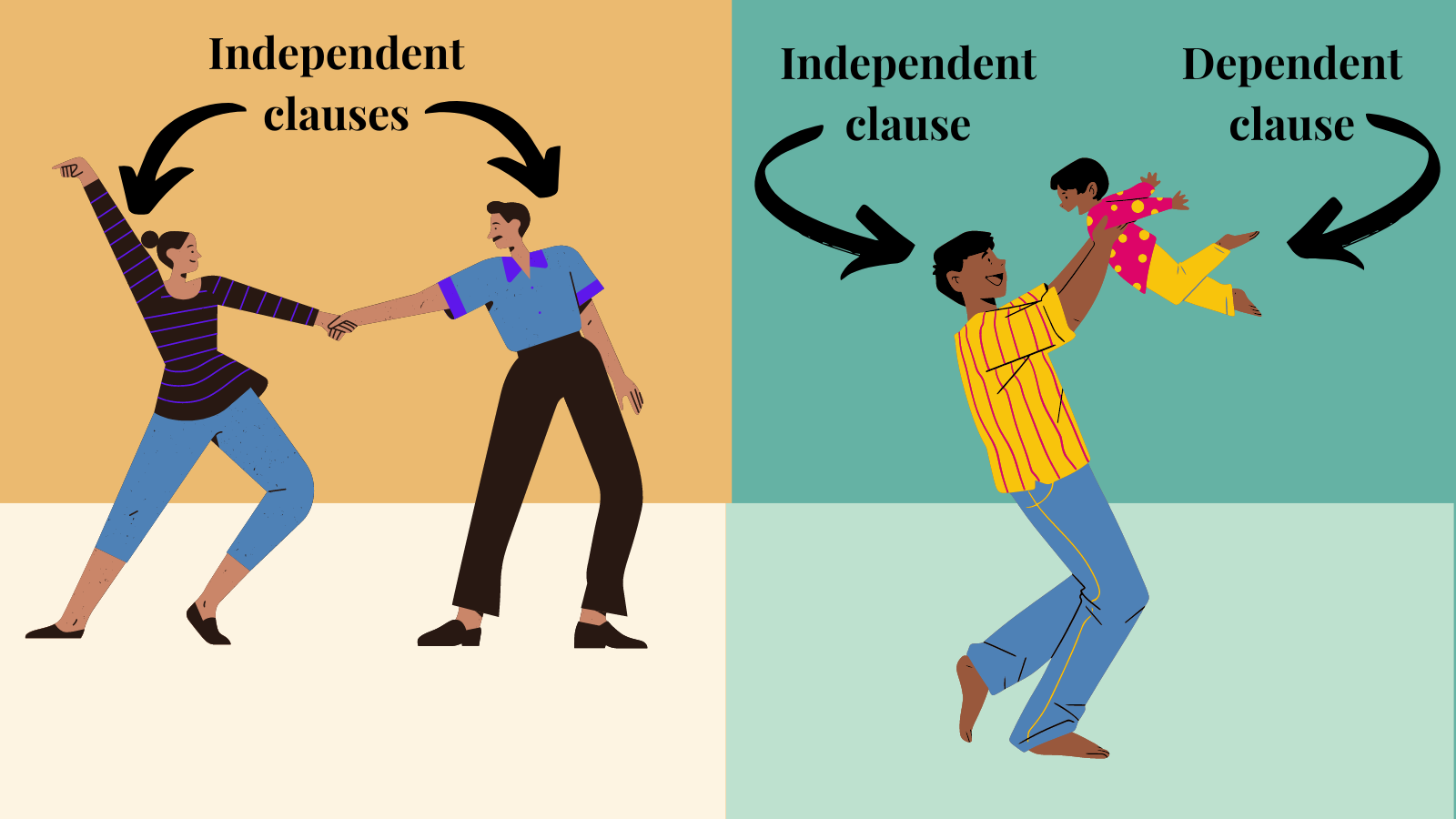The meeting will start at 10am, everyone must be there on time.
The equipment is in the storage shed, I don’t have a key.
I need to buy a gift for Brittany, her birthday is next week.
Please send me the slides, I need them for the presentation.
Run-on sentences are a common writing problem, one that our TextRanch editors see every day. Even Artificial Intelligence (AI) writing tools are known to generate run-on sentences!
The run-on sentences above all have the same problem. Each sentence has two independent clauses that are joined with a comma. This is known as a comma splice. A comma splice can confuse the reader and make a sentence more difficult to understand.
What is an independent clause?
Before we dive into how to fix a comma splice, we must first know how to find an independent clause in a sentence.
An independent clause is a part of a sentence that could form a complete, grammatically correct sentence by itself. It is able to stand on its own. A dependent clause, on the other hand, does not form a complete, grammatically correct sentence by itself. It cannot stand on its own.

Let’s look at an example.
When I am at work, I make a lot of phone calls to Japan.
The first part of this sentence is a dependent clause. “When I am at work” is not a complete thought. On its own, it would form an incomplete sentence.
Now let’s look at the second part of the sentence. “I make a lot of phone calls to Japan” is indeed a complete thought. By itself, it would form a complete, grammatically correct sentence. The same is true for the independent clauses in the example sentences at the beginning of this article. Each clause could work as a stand-alone sentence.
Now, let’s go back to comma splices…
If you are writing a sentence with two independent clauses right next to each other, you need something more than a comma to join them together. A comma is not enough.
Here are three ways to fix a comma splice.
1. Write each independent clause as a separate sentence.
This is an easy fix. All you have to do is take out the comma that separates the two independent clauses and put in a period. Then capitalize the first letter of the second independent clause.
Let’s try this with one of our example sentences:
I need to buy a gift for Brittany. Her birthday is next week.
2. Use a conjunction to join the two independent clauses.
A conjunction is a word that connects different parts of a sentence together. Some of the most commonly used conjunctions are “and”, “but”, “or”, “so”, and “because”.
To fix a comma splice with a conjunction, you would usually (but not always) leave the comma in place and put the conjunction after it.
Here are two of our example sentences with a conjunction added:
The equipment is in the storage shed, but I don’t have a key.
Please send me the slides because I need them for my presentation.
3. Join the two independent clauses with a semicolon instead of a comma.
A semicolon is generally seen in more formal contexts such as scholarly articles and legal documents. If you are going to use a semicolon, the two independent clauses should be closely linked in thought.
Here is how this would work with one of our example sentences:
The meeting will start at 10am; everyone must be there on time.
What if you try to fix a comma splice just by removing the comma?
If you simply take out the comma without employing one of the three strategies mentioned in this article, then you will no longer have a comma splice. However, you will still have a run-on sentence!
If you are going through your own writing and you need some help fixing run-on sentences, click the link below. Our TextRanch editors will be happy to help you.











Ask an Editor: A New TextRanch Feature!
Proofreading vs. Editing: What’s the Difference?
Human Editors: Why Do You Need One?
How can I improve my understanding of native-English speakers? Part 1